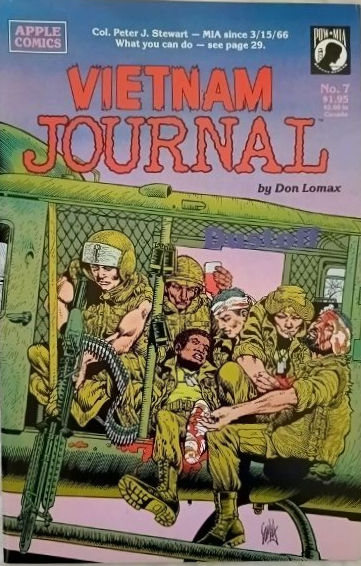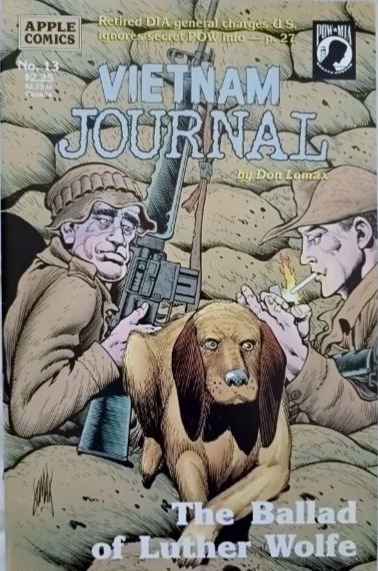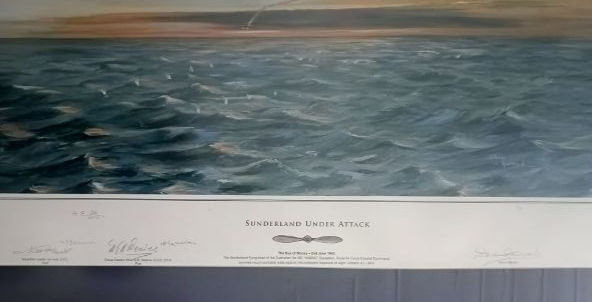The Turning Tide (1943) By E.D.H. Tollemache
Throughout the Second World War, the British Government ensured that the public was informed of what was going on with the nation's war effort via newspapers, radio broadcasts, and publications. These publications were either in magazine or short book form. Perhaps the most honest and relevant for today of these publications is a hardback book by Maj Gen EDH Tollemache DSO MC called “The Turning Tide”.
The book was aimed at the Home Front and serving personnel with the aim of reassuring the population that lessons had been learned from the early years of the war. With a few exceptions (The Battle of Britain being one) the British Public had been given seldom opportunity to cheer. The capture of Singapore, the Blitz, and Battle of the Atlantic were all taking a toll on the British psyche. This publication attempts to reassure the public that their sacrifice of blood and liberties will not be squandered by mistakes being repeated.
Published in 1943 by Butler and Tanner (London) the book served as a summary of the war up to 1943.
The first sentences read “The year 1942 should mark for the British Army the end of the distressing period of trial and error in the World War for the overthrow of the Axis Powers. Our defeats have been many, but they have taught us valuable lessons and our past failures will lead inevitably to future victories.”(p1). This opening sets the tone for the rest, of a very easy-to-read book.
It pours scorn on the defence of Hong Kong and Singapore – inappropriate garrisons, poor communications, no integrated air land communications etc. It touches on mass “….Two divisions will always beat one.” (p14). I’m not sure if I should be surprised, or not, that this debate is still raging as we look towards the results of the Modernising Defence Programme.
With 6 chapters in total; Trial and Error, The Man, The Machine, Some Army Innovations, Is there a short cut to victory? and A Nation in Arms”, several stood out to me as still being relevant today.
The “Man” chapter offers insights into the efforts to ensure that the British soldier (From a peace-loving empire) is effective against soldiers from societies that accepted and encourage the militarisation of childhood, such as Nazi Germany with the Hitler Youth. It even goes as far to say that the surviving British professional soldiers were ill-prepared to fight a war of mechanisation and manoeuvre and lacked “Exceptional personnel initiative or particular bodily exertion” i.e. the BEF of 1940 had hedged its bets for unimaginative Trench Warfare (p17).
As one would expect from a publication from 1943 “The Tank” forms the central part of the “The Machine” chapter. However, the tank is used to explain combined arms operations, the interconnectedness of the modern battlefield through wireless and the third dimension that is airpower. The relevance and similarities of this book were now set in stone by the end of Chapter 3.
The chapter “Some Army Innovations” raised my eyebrows even further. Sentences from “The Reconnaissance Corps” gave me flashbacks to the numerous briefings I’d received on the Strike concept. Replace the requirement of the Soldier to the requirement of the Ajax platform and the similarities are scarily familiar; “……Reconnaissance Corps soldiers must have keen powers of observations (good optics), good memories (data storage), concrete knowledge of geography (electronic mapping and GPS) describe the surveyed terrain in words (ability to send imagery over a network)” (p37).
The remaining chapters are as per the title with the exception of “A Nation in Arms” which highlights the importance of the Home Guard and civil defence, areas which have been growing in importance across many European countries recently and bares some relevance to Project Henry Wilson.
The book was reviewed by the weekly British propaganda publication “The War Illustrated” in Ed. 156, Jun 1943. The review, perhaps unsurprisingly, was very positive and made clear two points. Firstly, that Soldiering is a classless profession, perhaps this was to dampen a rising Socialist narrative of the time. Secondly, that “….there is no room for the amateur, (a soldier) must be quick thinking, self-reliant and supremely confident in his own powers.” Again I cannot help but think that this sentiment was to dampen any overtures to the apparent senseless loss of life in World War One.
- Hard Cover with Dust Cover
- 57 Pages
- In Good Condition






























